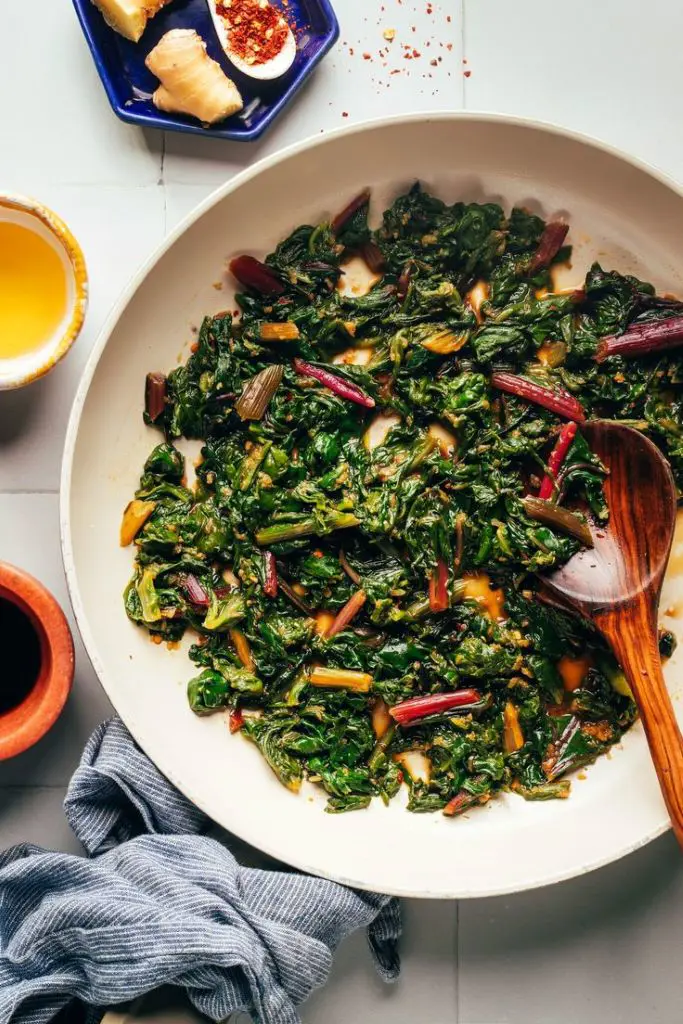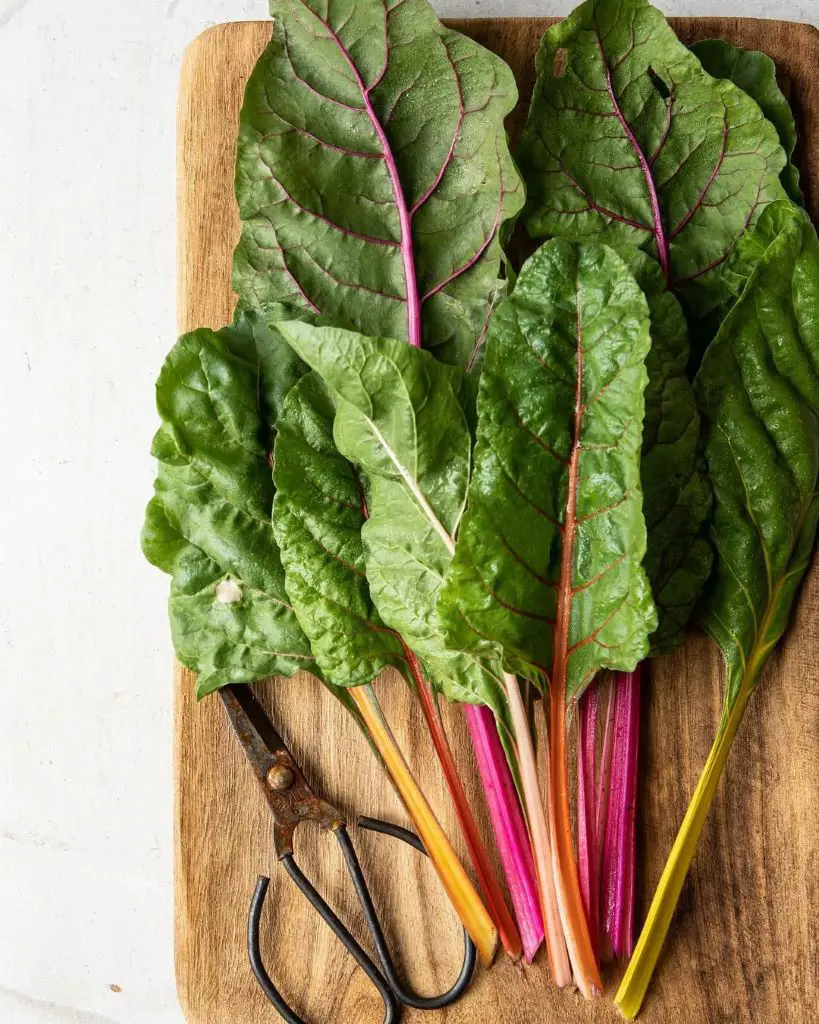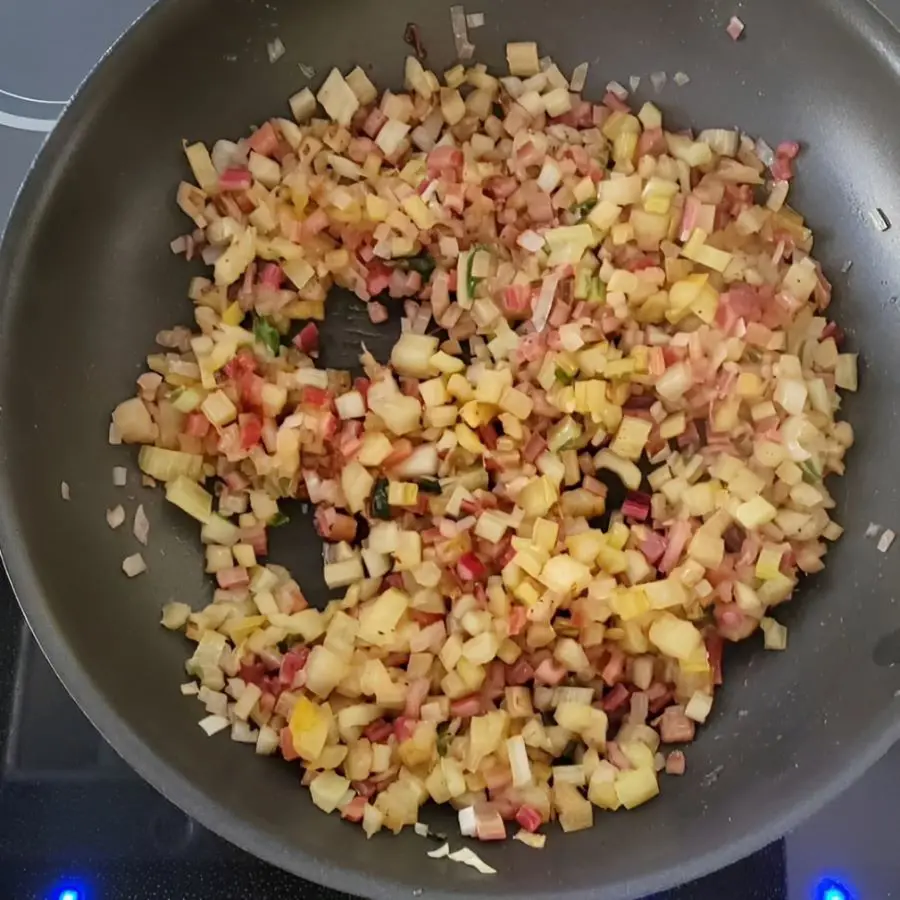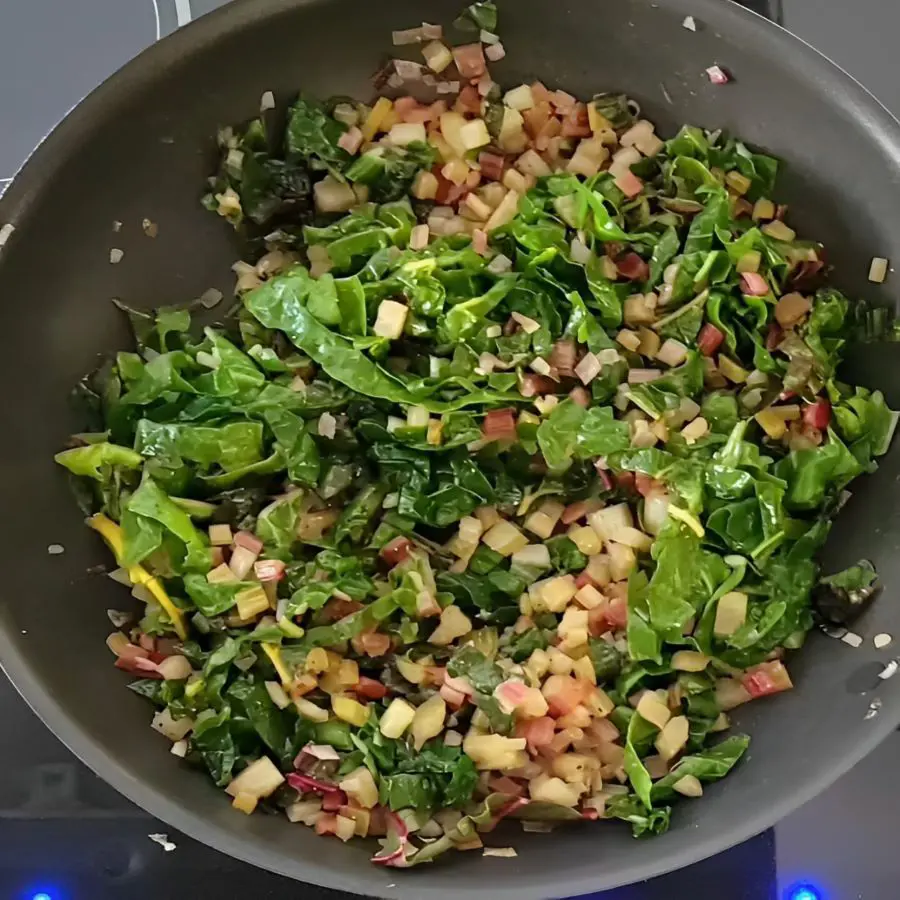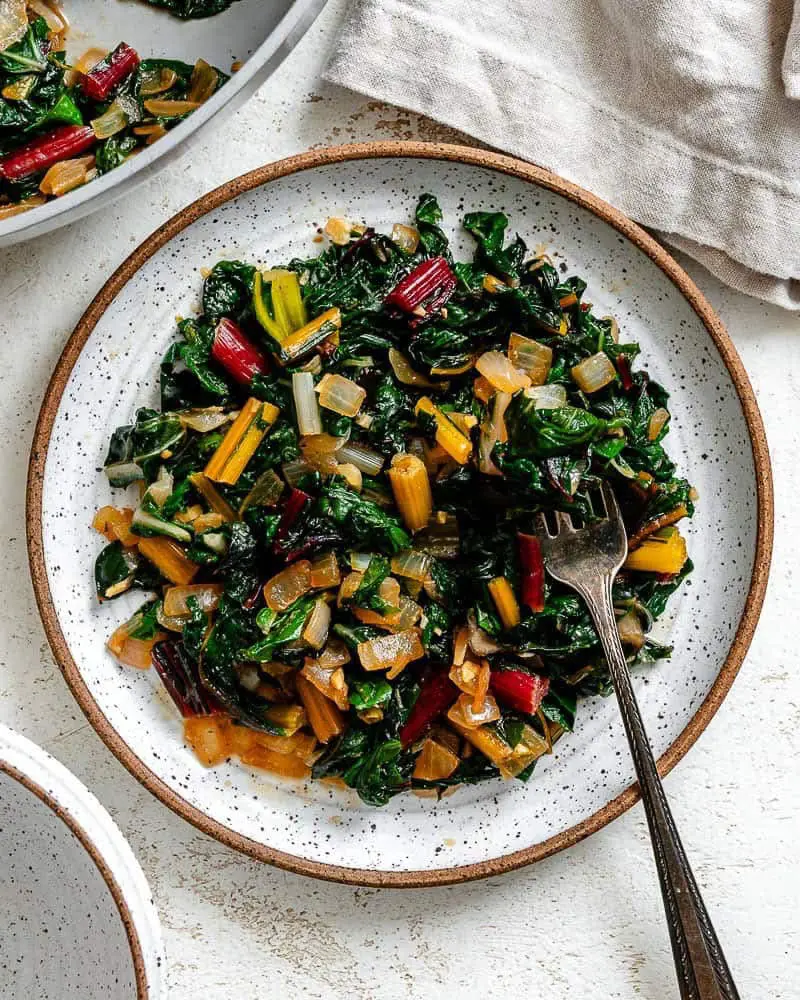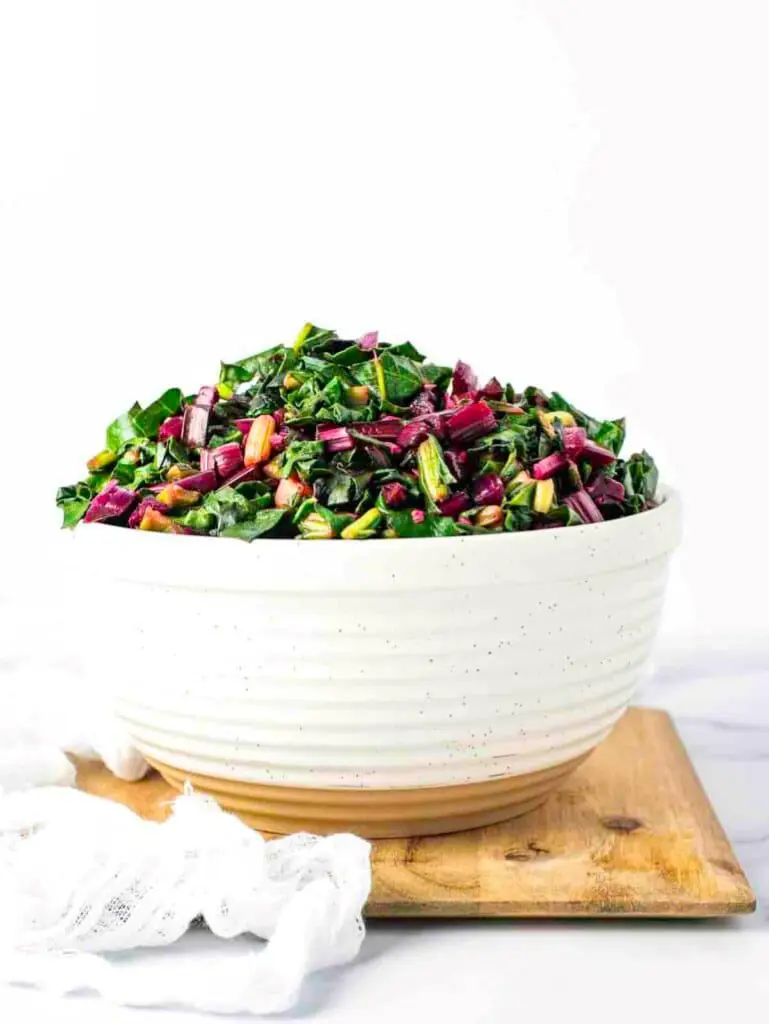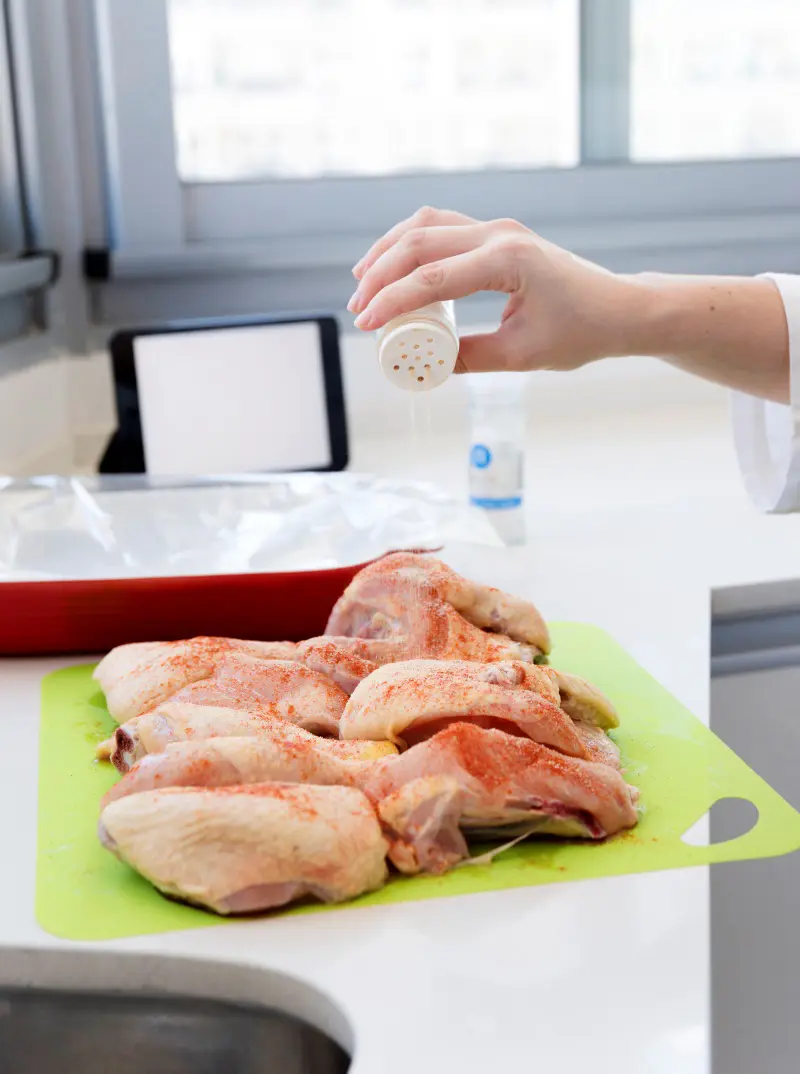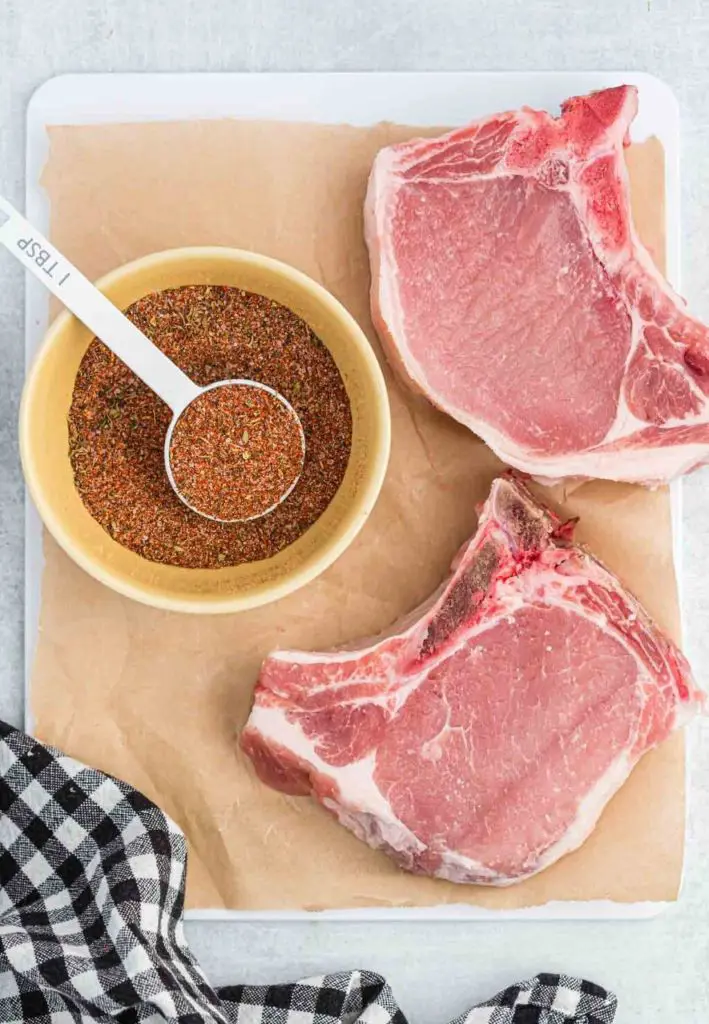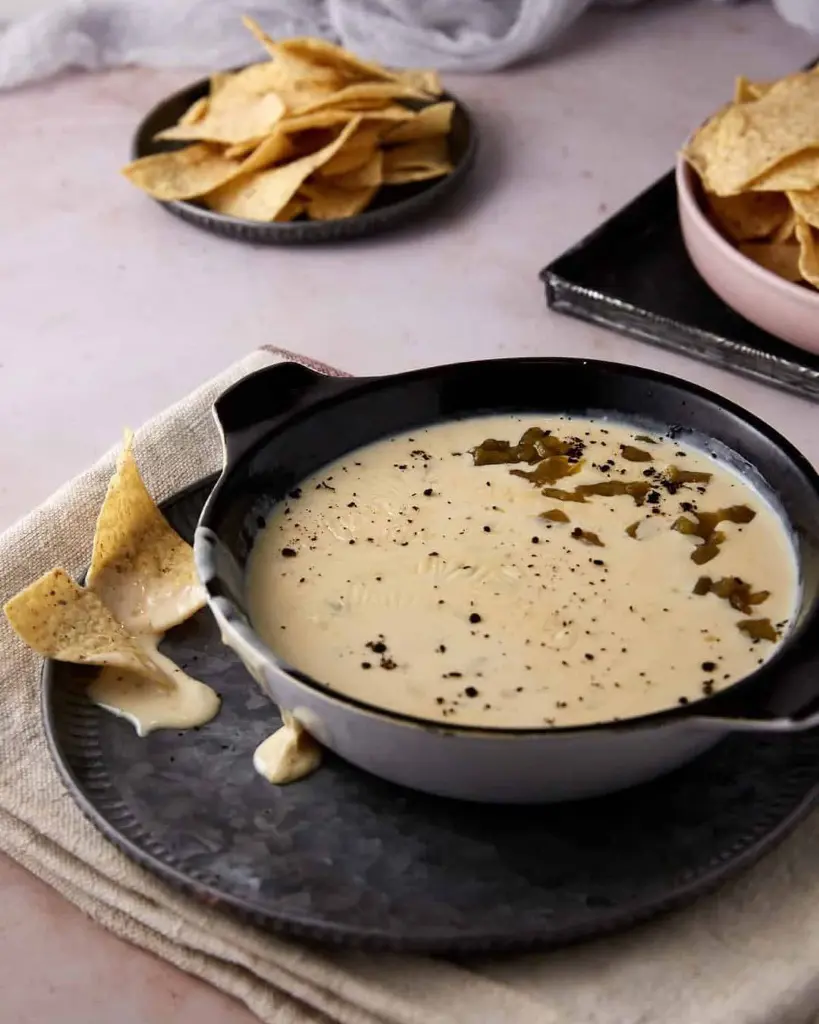What You’ll Need
Swiss chard preparation begins with gathering five essential ingredients, preparing them separately, and combining them in specific steps to create a flavorful vegetable dish.
- Swiss Chard: Two large bundles of Swiss chard yield approximately six cups of fresh leaves plus stems for cooking. Red chard, green chard, and rainbow chard varieties exist in grocery stores and markets. Each type cooks identically, allowing substitution based on availability in local stores.
- Olive Oil: Selecting the proper oil establishes the foundation for cooking Swiss chard properly. Standard olive oil functions effectively for sautéing the vegetables at medium heat. Alternative options include avocado oil or organic canola oil, which perform similarly during the cooking process.
- Onions and Garlic: Fresh garlic requires peeling and mincing before adding to the cooking pan. Diced onions cook until they develop a golden-brown color in the heated oil. These vegetables soften during cooking and distribute throughout the prepared dish.
- Seasonings: Salt, pepper, dried thyme, and ground nutmeg blend throughout the cooking process. The nutmeg amount remains minimal but essential to the overall taste. Additional seasonings incorporate gradually, allowing taste adjustments throughout preparation.
- Balsamic Vinegar: Balsamic vinegar enters the pan during the final cooking phase. The amount typically measures one to two tablespoons depending on the quantity of chard. The vinegar distributes evenly through the dish while heating in the final minutes.
